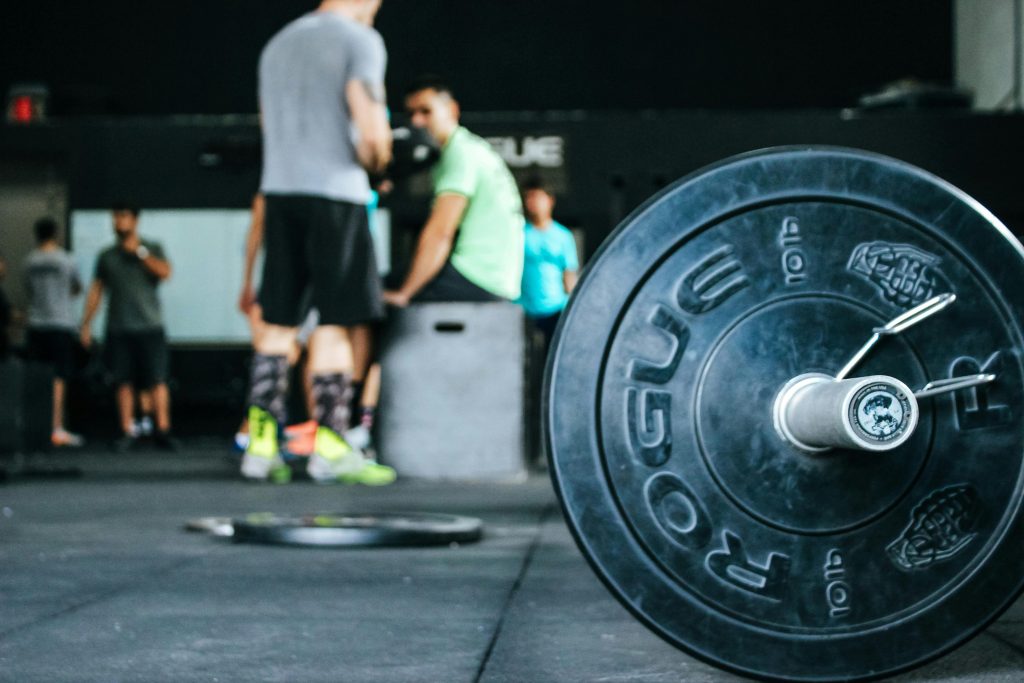The shoulder is one of the most complex joints in the body, providing a vast range of motion essential for everything from throwing a ball to lifting weights. However, this impressive mobility also comes at a cost. Shoulder injuries are extremely common, particularly among athletes and fitness enthusiasts. In this post, we’ll break down the reasons behind the shoulder’s vulnerability, common injury types, and practical ways to keep your shoulders healthy.
The Anatomy of the Shoulder
The shoulder is a “ball-and-socket” joint, where the head of the upper arm bone fits into a shallow socket in the shoulder blade. This joint, held together by muscles, tendons, and ligaments, allows for extensive movement but also makes the shoulder less stable and more susceptible to injuries. Overuse, poor form, or accidents can quickly lead to damage in this area.
Research Insight:
According to the American Physical Therapy Association, rotator cuff injuries account for a significant percentage of shoulder problems, affecting nearly 2 million people annually.
Common Causes of Shoulder Injuries
- Overhead Movements: Sports and activities that involve repetitive overhead movements (e.g., tennis, CrossFit, and weightlifting) increase stress on the shoulder joint.
- Weak Stabilizing Muscles: The rotator cuff and scapular muscles help stabilize the shoulder. When these are weak, the risk of strains, tears, and instability rises.
- Poor Posture: Sitting at a desk or lifting with incorrect posture can lead to shoulder impingement, where the rotator cuff tendons rub against the shoulder blade.
- Heavy Lifting Without Proper Form: Incorrect technique during weightlifting can place undue stress on the shoulders.
Who’s Most at Risk?
Individuals involved in high-impact or repetitive upper-body activities, such as CrossFit athletes, swimmers, and manual laborers, are at an elevated risk for shoulder injuries.
How to Protect Your Shoulders
- Strengthen Your Rotator Cuff and Shoulder Muscles: Regular exercises focusing on the rotator cuff, scapular stabilizers, and core can provide the stability your shoulder joint needs. This is the most important aspect when lifting overhead.
- Warm-Up Thoroughly: Warming up prepares the muscles and increases blood flow, reducing injury risk. This is also a great time to find areas that may need extra attention after previous injury.
- Monitor Your Form: Ensure that you’re practicing proper form in all upper-body exercises, and consider working with a physical therapist or coach to correct any form issues. Many of the injuries that we treat are based in faulty movement patterns so pay attention to what lifts aggravate your injury.
- Incorporate Rest and Recovery: Give your shoulders adequate time to recover between high-impact activities to prevent overuse injuries. A good rule of Thumb is 2 days of rest between high intensity workouts for each muscle group. Example: If you do JACKIE (1,000m row, 50 thrusters, and 30 pullups) it is best practice to wait 2 days to perform another high intensity arm based workout.
Is Physical Therapy Right for You?
If shoulder pain is interfering with your daily activities or fitness goals, physical therapy can help identify the root cause, treat the pain, and strengthen the shoulder to prevent future injuries.
The shoulder is a powerful but delicate structure, and it’s essential to care for it properly to prevent injuries. By understanding the shoulder’s vulnerabilities and following preventive practices, you can maintain strength and mobility. And if shoulder pain has already become an issue, don’t hesitate to reach out for a consultation and explore your treatment options.
Checklist: Do You Need Physical Therapy?
- Persistent pain during or after shoulder movement
- Reduced range of motion or shoulder stiffness
- Swelling or tenderness around the shoulder joint
- Pain that interferes with daily tasks or workouts
#ShoulderHealth #RocketCityPT #ShoulderInjuryPrevention #ActiveLifestyle #RotatorCuff #InjuryPrevention #PhysicalTherapy #MobilityMatters

